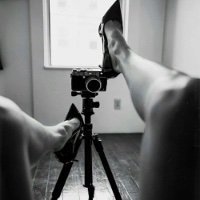Fluorescent LED strip light upgrade ARRRR!!!!!!
-
Recently Browsing 0 members
- No registered users viewing this page.
-
Topics
-
-
Popular Contributors
-
-
Latest posts...
-
2
Crime Couple Arrested for Luring Boys for OnlyFans Content
I have a few vile comments of my own, but I'll keep them to myself. What disgusting POS'. -
232
Is there a worse role model for women than Taylor Swift?
She did one song I likes when she was 17 "It should have been me" I've not heard anything from her after that, but I wouldn't say no to a share of her $1.6B. All white women hate me, why should I pick her out of the crowd to vilify? -
30
Entertainment Veena Singh Makes History as First Thai-Indian Miss Universe
I love this place! -
21
Crime Two Lebanese Men Arrested on Koh Samui for Drugs
Scumbags ! Just look at their appearance ! Don't let these kind of dicks into the country ! -
8
Report Poll Reveals Majority of Thais Favor Distancing from Cambodia
Kind of hard to do that. It's right next door, lol -
32
USA Trump Imposes Stealth Tariffs Up to 25% on UK Products
The democratic party as we know it will dissolve, the only thing to clean up is the mess on the floor
-
-
Popular in The Pub








Recommended Posts
Create an account or sign in to comment
You need to be a member in order to leave a comment
Create an account
Sign up for a new account in our community. It's easy!
Register a new accountSign in
Already have an account? Sign in here.
Sign In Now